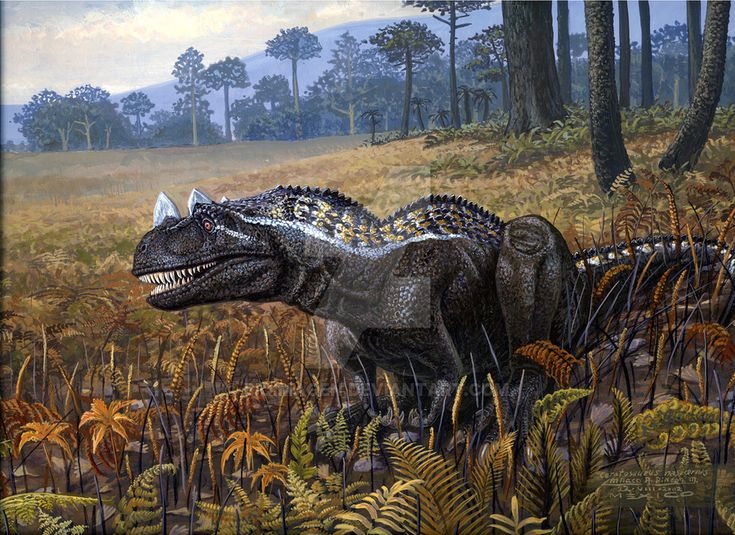Bergmann’s rule, a longstanding ecological principle proposed in the 19th century, posits that animals living in colder, higher-latitude climates tend to have larger body sizes compared to their counterparts in warmer regions. However, a groundbreaking study led by researchers from the University of Alaska Fairbanks and the University of Reading has cast doubt on the applicability of this rule to dinosaurs and modern-day mammals and birds. By examining the fossil record and modern ecological data, the study challenges conventional notions of biogeographical patterns and highlights the importance of reassessing scientific principles in light of new evidence.
Dinosaurs and Bergmann’s Rule: A Reevaluation The study’s investigation into Bergmann’s rule began with a simple question: Does this ecological principle hold true for dinosaurs? Through a comprehensive analysis of fossil data, including specimens from Alaska’s Prince Creek Formation, the researchers found no significant correlation between latitude, temperature, and body size in Arctic dinosaurs. Contrary to expectations, even in cold, high-latitude environments, dinosaur body size did not consistently increase as predicted by Bergmann’s rule. This finding challenges the notion that climate alone dictates the evolution of body size in prehistoric organisms.
Extending the Analysis to Modern Mammals and Birds To further assess the validity of Bergmann’s rule, the researchers examined body size data for modern mammals and birds, the descendants of prehistoric ancestors. Surprisingly, the results mirrored those observed in dinosaurs: Latitude was not a reliable predictor of body size in modern species. While a weak relationship between body size and temperature was observed in some modern birds, the same trend did not hold true for prehistoric birds. These findings suggest that Bergmann’s rule may not universally apply across different taxa and time periods.
Using the Fossil Record to Test Ecological Hypotheses The study underscores the value of utilizing the fossil record to test ecological hypotheses and validate scientific principles. By examining ancient ecosystems and climate conditions, researchers gain valuable insights into the dynamics of evolution and species interactions. The ability to compare past and present biogeographical patterns offers a unique perspective on the adaptability of organisms to changing environmental conditions. In the case of Bergmann’s rule, the study demonstrates the importance of critically evaluating established ecological principles and considering alternative explanations based on fossil evidence.
Implications for Understanding Biogeographical Patterns The findings of the study have significant implications for our understanding of biogeographical patterns and the factors driving evolutionary changes in body size. While climate undoubtedly influences the distribution and behavior of organisms, other ecological variables, such as habitat availability, resource competition, and predator-prey dynamics, may play equally important roles in shaping species traits. By challenging the simplistic notion of climate-based size variation, the study prompts researchers to explore more nuanced explanations for biological diversity and adaptation.
Future Directions in Ecological Research Moving forward, the study advocates for a more holistic approach to studying biogeography and evolutionary ecology. Instead of relying solely on climate as a predictor of species characteristics, researchers should consider a broader range of environmental factors and ecological interactions. Integrating data from the fossil record with modern ecological studies provides a comprehensive understanding of how organisms respond to changing environmental conditions over time. By embracing interdisciplinary approaches and leveraging advances in technology and data analysis, scientists can continue to unravel the complexities of life on Earth.
The study challenging Bergmann’s rule offers a compelling example of how scientific principles evolve in light of new evidence. By examining the fossil record of dinosaurs and modern ecological data, researchers have questioned the universality of a long-standing ecological principle and highlighted the need for a more nuanced understanding of biogeographical patterns. As our knowledge of past ecosystems grows, so too does our appreciation for the complexity of evolutionary processes and the diverse factors shaping the distribution and characteristics of life on our planet.
